The ultimate chiptune producers' gear guide
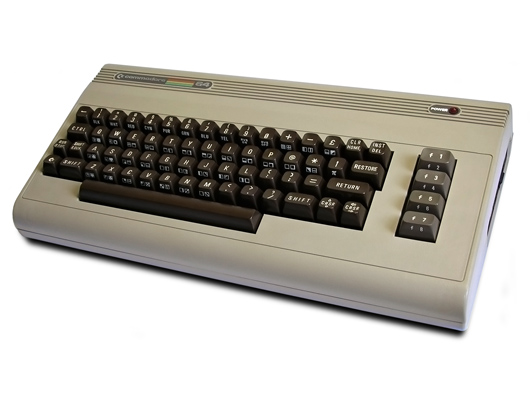
Commodore 64
If you’ve read our A-Z of chiptune, you’ll surely have been inspired to start making some retro, 8-bit-sounding music yourself. But what kit do you need to do it, where can you get it and how much does it cost?
MusicRadar is here with the answers to those pressing questions: whether you want old-school hardware authenticity or the convenience of software plug-ins, there’s something here for you.
Let’s start with the most iconic chiptune home computer of them all: the Commodore 64 was released back in 1982 and quickly became hugely successful. It remains popular with musicians today due to an incredible sound chip, namely the famous SID 6581 + 8580 (Sound Interface Device).
It's all down to the powerful filters and ring modulation capabilities of the three separate oscillators, which were much more advanced than those of other gaming systems and computers of the time. Even today, people are getting new sounds out of the little brown box. All you need is some software to run on it...
Price
£30-£50 for a basic set up (eBay)
Hear the Commodore 64 in action
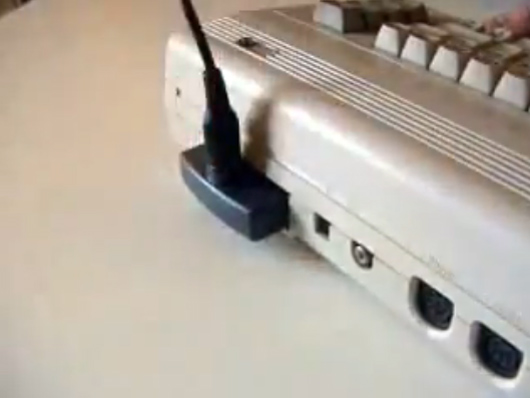
MSSIAH
MSSIAH is a combination of old technology and modern ideas as well as of hardware and software.
The cartridge plugs into the back of your C64 and gives you instant access to a suite of software which should be familiar to users of modern synths and sequencers. The MIDI input also enables you to connect up a keyboard or your modern DAW for easy integration into your current set-up. There are plenty of good noises to be gotten out of the Mono Synthesiser alone, not to mention the Drummer, Bassline and full sequencer.
Price
€49.95 (www.8bitventures.com)
Hear MSSIAH in action
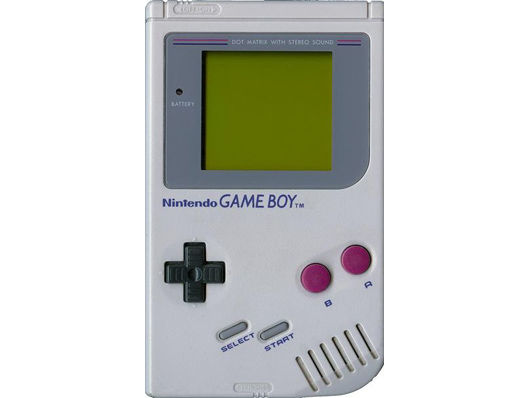
Nintendo Game Boy
Versions of the Game Boy have sold over 180 million units worldwide since its launch in 1989. This means that lots of people have got one in a drawer somewhere already and this popularity, combined with the portability factor, makes the handheld a very popular chiptune tool.
The sound chip is the same one that’s used in the NES and offers four channels (2 square waves, 1 noise wave, 1 PCM sample channel). The original ‘Brick’ DMG-01 is the one to go for for its ultimate retro stylings and superior sound quality.
Price
£5-£10 (eBay)
Hear the Game Boy in action
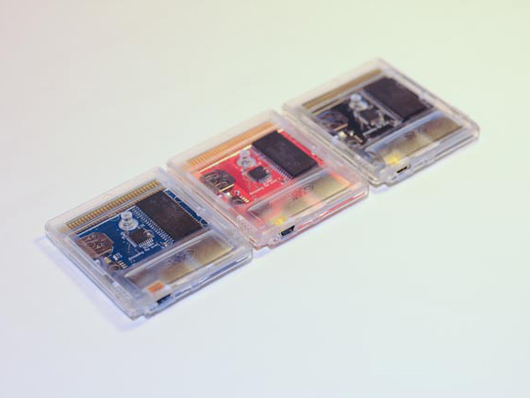
LSDJ and Nanoloop
LSDJ and Nanoloop are software carts available for the Game Boy. They are both incredibly popular but work in very different ways so pick the one which suits your style best.
LSDJ (Little Sound DJ) uses a traditional tracker interface to build your songs while Nanoloop is based around a step sequencer type interface. Either one in the right hands can produce some incredible results (See Bit Shifter and Nullsleep). Both Nanoloop and LSDJ have the ability to be played in a live mode or synced with other MIDI sources (if you fancy a bit of DIY!).
Price
Nanoloop: €58 (http://nanoloop.com)
LSDJ: $2 for the ROM and $70 for a USB Game Boy cart (www.nonelectronics.com)
Hear Nanoloop in action
Hear LSDJ in action
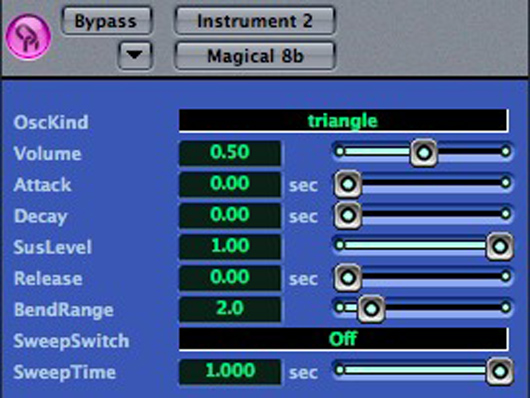
Magical 8bit Plug
Magical 8bit Plug is a free VST/Audio Unit which runs on Mac and PC. Its sound is close to the 8-bit Nintendo chips and can make some pretty convincing bleeps if used correctly.
The square and pulse waves are nice enough but a lot of the fun comes from the low-fi triangle waves and the crunchy noise channel with which you can create some great Game Boy-style percussion.
Price
Free download (www.ymck.net)
Hear Magical 8bit Plug in action
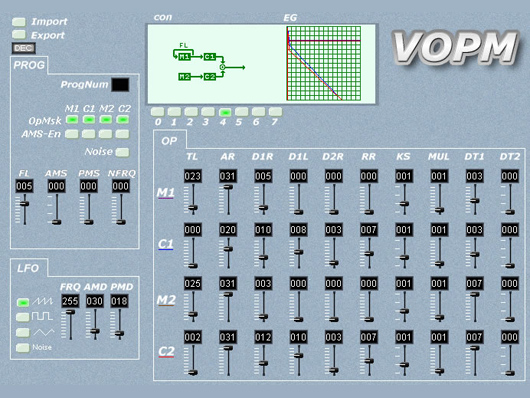
VOPM
VOPM is another free VST plug-in, this time built to emulate the YM2151 chip found inside various classic arcade machines. Sega's Mega Drive featured the very similar-sounding YM2612 chip.
The Mega Drive (or Genesis for those in the US) used FM sound synthesis to create those classic melodies we all know and love from Sonic, Streets of Rage and the hugely funky Toejam & Earl. VOPM does a fantastic job of emulating these sounds and although the interface is a little fiddly, presets are included so you can jump straight to that cheesy distorted guitar or funky slap bass.
Price
Free download (www.kvraudio.com)
Hear VOPM in action
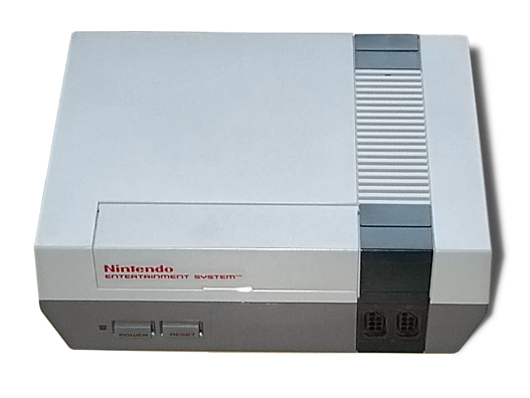
Nintendo Entertainment System (NES)
The NES was hugely popular in the late ‘80s and early ‘90s and although the sound chip was not as advanced as the earlier Commodore chip, it remains a popular choice for chiptuners, perhaps because some of gaming's most memorable music was first heard on our chunky grey friend.
The sound is almost the same as that of its portable cousin, the Game Boy, but due to the NES being a more powerful machine, there is more flexibility in terms of software...
Price
£20-£30 (eBay)
Hear the NES in action
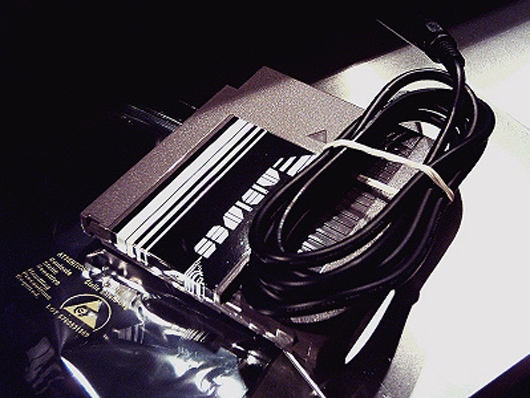
MIDInes
MIDInes is essentially a NES cartridge with a standard MIDI cable coming out of the top. It was created by chiptune superstar x|k and can be purchased from his website.
The idea is similar to the MSSIAH cartdrige although the software is more basic. Just simply having MIDI control over the sound chip does allow for easy access to the classic sounds though, and there's even an Amen break included for some lo-fi drum and bass action!
Price
$99 (MIDInes website)
Hear MIDInes in action
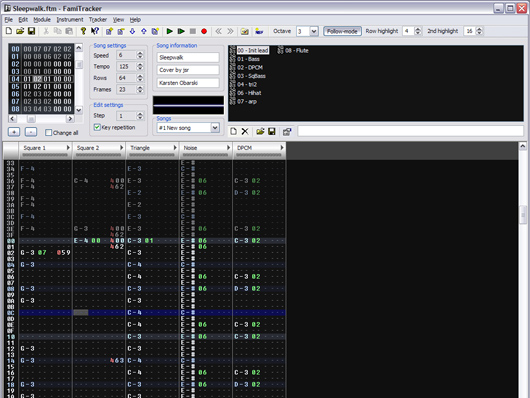
Famitracker
Famitracker is one of many trackers out there but one of the most popular for chiptuners interested in the Nintendo sound.
It runs on PC (no Mac support unfortunately) and emulates each channel of the NES extremely accurately. It also features the option of exporting your tracks as an .nsf file for playback on the original hardware for when you need to get really authentic.
Trackers in general are a huge part of chip music history and an interesting way of approaching composition. They may look like Microsoft Excel but they sound a lot better.
Price
Free download (http://famitracker.shoodot.net)
Hear Famitracker in action
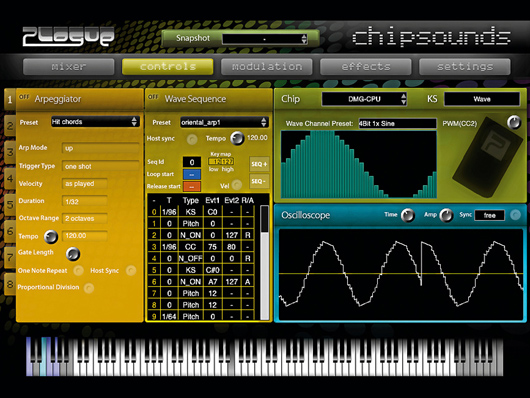
Plogue Chipsounds
The Chipsounds VST/AU by Plogue was only recently released onto the chiptune scene, proving again that these vintage sounds are more popular than ever.
After years of geeky research, the Plogue team has managed to successfully recreate the sounds of eight classic chips and squeezed them all into one bit of software. It's as much an interesting historical document as it is a studio tool and a lot of fun to play with. Not as authentic as the original hardware, but a lot more convenient.
Price
£77.35 (www.plogue.com)
Hear Plogue Chipsounds in action
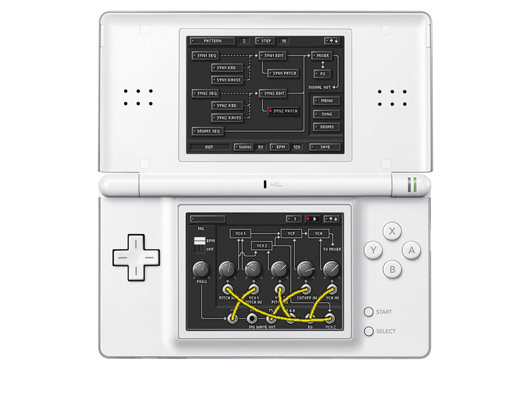
Korg DS-10
OK, so this one is maybe not strictly chiptune but it certainly fits in with the ethos of the chiptune world. The DS-10 software turns your Nintendo DS into a full sequencer, synth and drum machine package and allows you to create songs or just jot down musical ideas wherever you are.
It is a little tricky to get hold of these days as the production run was quite limited but it's worth hunting around games shops and eBay. If you can’t find it, there’s a whoile world of DS Homebrew software out there including lots of interesting music making apps!
Price
£50 -£60
Hear the Korg DS-10 in action
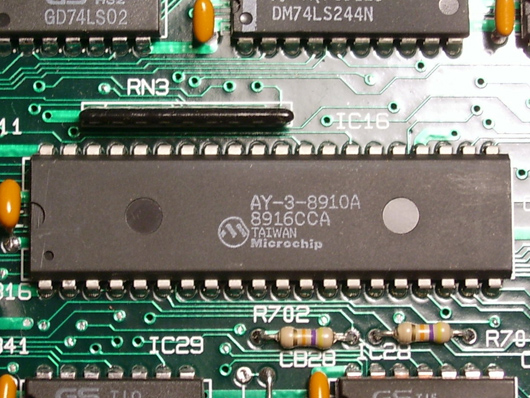
Anything with an AY-3-8910 in it
The AY-3-8910 chip was a very popular bit of hardware in the ‘80s. It was used as a sound generator in a long list of machines, most notably the ZX Spectrum 128 and Intellivision.
These machines are still fairly easy to get hold of and there’s a wealth of different music software available to run on them. The chip isn’t as versatile as the SID, and sonically it’s not as idenitifiable, but it still retains a classic crunchy sound.
Price
£20-£50 (eBay)
Hear the AY-3-8910 in action
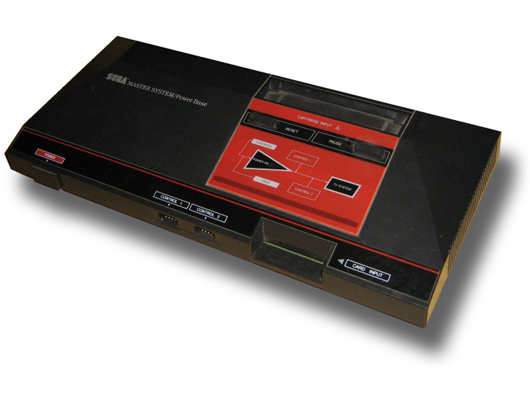
The rest
There's a huge amount of other gaming hardware and software out there which can be tweaked and abused to make some great noises.
Much of the technology may be over 25 years old but people are still finding new ways to interact with it. From Littlescale's Sega Master System experiments to Pixelh8 busking on the streets with his homemade Game Boy software, there's always something interesting going on in the chiptune world so dig that console out of the attic and get involved!
Connect with MusicRadar: via Twitter, Facebook and YouTubeGet MusicRadar straight to your inbox: Sign up for the free weekly newsletter